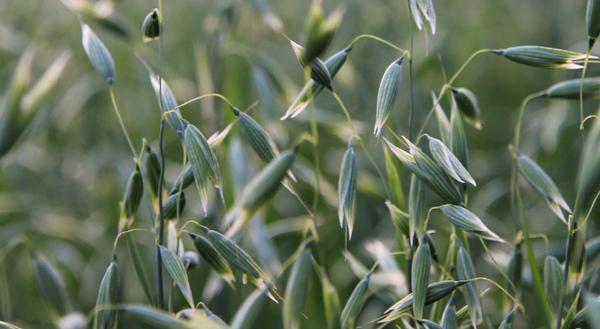
Do you struggle with weed control in the spring before planting your summer garden? Does your garden lose topsoil after a heavy rain due to slope? Would you like to improve soil structure and add organic matter to your garden?
Backyard cover cropping is for you!
At the time of writing this, our mix of spring cover crops - field peas, oats, and clover - are coming up nicely at the Unity Community Center in Normal, Ill. I broadcast-seeded just before the last bout of rains and the recent warm weather. Spring cover crops should be cold tolerant; but by the time you’re reading this, the theory will be tested by the late cold/snow.
Unless you are not planning on growing summer crops this year, it is getting to be on the late side for seeding spring cover crops; however, there are cover crops for summer, fall, and winter, all the way into next spring depending on your goals.
Contact your local Extension office to discuss these options.
Small-scale cover cropping
One of the best parts about small-scale cover cropping is that you don’t need specialized equipment like a no-till drill, nor a degree in crop sciences to get a handle on the practice. You need a bag of oats, field pea, clover, radish, or any other spring-friendly seeding option, your hands, and some nice, exposed garden soil.
What kind of cover crop?
Your goals might be nitrogen fixation or scavenging, erosion prevention, organic matter amendment, or soil loosening, to name a few. Your goals will help you choose your cover crop.
It is generally not recommended to grow a cover crop, even a fast-establishing one such as oats, unless the grower has 6-8 weeks to allow it to provide the ecosystem services it was purchased for.
How to plant a cover crop
Many people roto-till their vegetable gardens every spring, and if tilled right before cover seeding time (mid-March to mid-April, depending on the chosen cover), all the better. However, if your soil is bare from good weed management in the off-season, that is acceptable as well.
Simply broadcasting seed from a bag with your hands, taking care to evenly distribute the amount of seed over the area, without running out before you have full coverage.
There are four things that cover crops must have to germinate quickly and easily:
- Good seed-to-soil-contact
- Adequate moisture so that establishing seeds never dry out
- Temperatures above freezing
- Sunlight
How much seed do you need?
Online seed providers will list how much seed is needed to cover so many square feet, making it easier for customers to see how much they should buy.
Johnston Seed Company, Johnny’s Selected Seeds, and High Mowing Organic Seed are good options for online cover crop purchasing. There are options available at your local nurseries and garden stores as well; some carry good options, but most will order in seeds for customers if needed.
Removing cover crops
At the end of May, before our cover crop sets seed, they will be cut low with a string trimmer, mowed lower, then strip-tilled for summer vegetables.